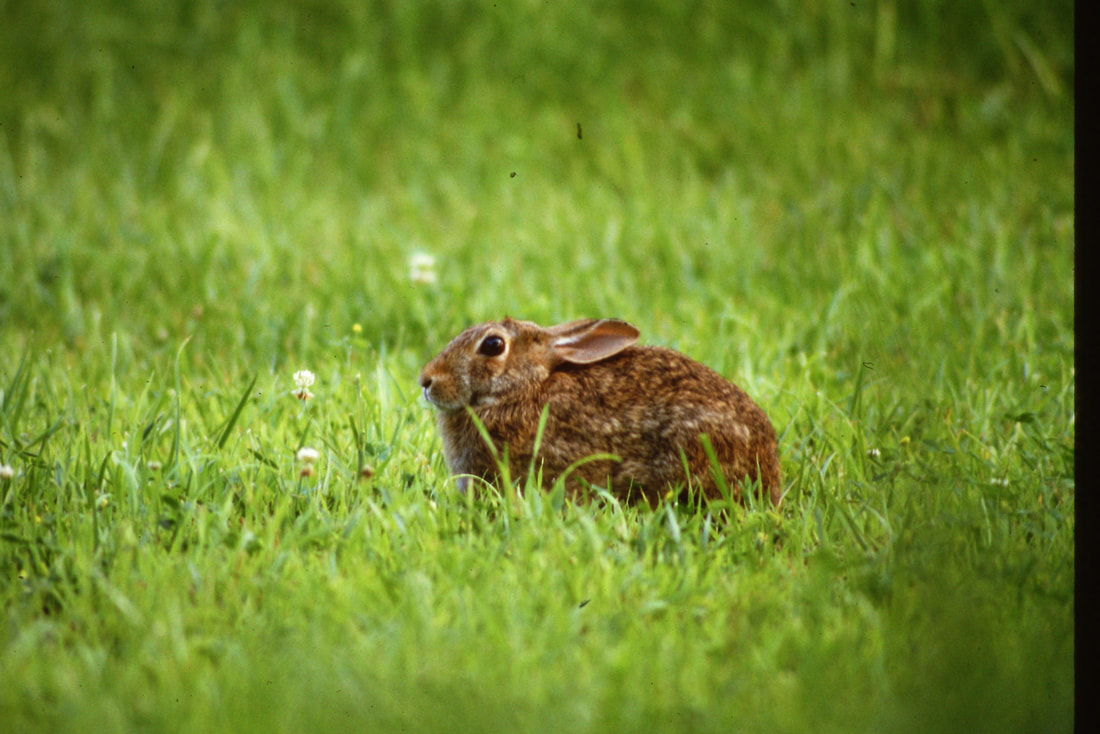 When rabbit season opens, hunters need to be on the lookout for RHD infected rabbits and hares. Photo by author When rabbit season opens, hunters need to be on the lookout for RHD infected rabbits and hares. Photo by author Well if it isn’t deer with Covid, now we have rabbits with Rabbit Hemorrhagic Disease (RHD) that affects domestic and native wild rabbit and hare populations. RHD is a foreign animal disease caused by a virus that can only infect lagomorph species. The virus variant responsible for the current RHD outbreak in the United States is RHDV2. This variant of RHD-causing viruses, is the only one known to affect native North American lagomorphs. The Pennsylvania Game Commission (PGC) has taken steps to address RHD by prohibiting the importation into Pennsylvania of any wild lagomorph – a group that includes rabbits, hares, and pikas – or any of their parts or products, including meat, pelts, hides and carcasses, from any state, province, territory, or country where Rabbit Hemorrhagic Disease Virus Serotype 2 (RHDV2) has been reported. This ban will remain in effect until further notice. This is one of many PGC strategies drafted to minimize the introduction risk and impact of RHD on Pennsylvania’s native wild rabbit and hare populations. The agency’s importation ban complements a similar quarantine order covering domestic lagomorphs recently issued by the Pennsylvania Department of Agriculture (PDA). According to the PGC, RHDV2 cannot infect humans or other animals, but it is highly contagious and no specific treatment is available. Infection can occur through ingestion or inhalation of the virus, which is shed predominantly by infected lagomorphs in their urine, feces, and respiratory secretions. The virus can contaminate equipment, tools, enclosures, and therefore can inadvertently be spread by humans and other animals. Disease control or eradication is inherently challenging as the virus is extremely resilient and can remain infectious on the landscape for months. The PGC goes on to explain that the infection with RHDV2 is often fatal, resulting in large, localized mortality events. It can easily spread between domestic and wild populations. Infected lagomorphs may exhibit blood-stained noses due to internal bleeding along with other non-specific clinical signs, but an RHD outbreak in wild populations would be suspected if multiple dead rabbits or hares are observed in the same relative location and over a short period of time with no obvious cause of death. To date, RHDV2 has been detected in domestic and/or wild populations in Arizona, California, Colorado, Florida, Georgia, Idaho, Montana, Nevada, New Mexico, Oregon, South Dakota, Texas, Utah, Wyoming, Canada, and Mexico, but so far, not in Pennsylvania. While the detections in Florida and Georgia have been restricted to domestic rabbits, they highlight how easily RHD can spread across great distances due to human-driven transportation of infectious animals or materials. With the upcoming rabbit hunting season (Oct. 16), the PGC recommends cleaning and disinfecting any surfaces or equipment that may have been contaminated by harvested rabbits and wildlife in general. After cleaning with soap and water, a 10 percent household bleach disinfectant should be applied. Following a 10-minute contact period, the surfaces or equipment should be rinsed with clean water and allowed to air dry. Anyone who finds two or more dead rabbits or hares in one location with an unknown cause of death, is advised not to touch or disturb those animals. Instead, they should contact their local PGC office, who along with the PDA and federal authorities, will conduct an investigation.
0 Comments
Leave a Reply. |
AuthorNick Hromiak has been an outdoors and automotive writer for over 30 years. He's been published in numerous national and state-wide outdoor magazines and newspapers.
|
Proudly powered by Weebly
 RSS Feed
RSS Feed